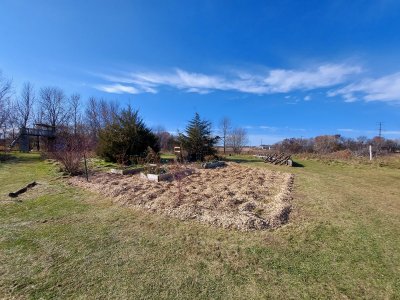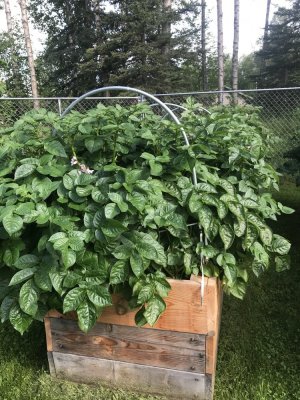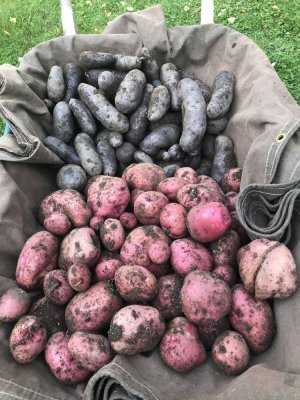SprigOfTheLivingDead
Garden Addicted
Forking off of Potatoes and focusing more on zone 4 (Minnesota) growing since that one was WAY more south 
I've never grown potatoes, but my wife has been mentioning them more in the last two years, so I think this spring I'll try to grow them. I'm open to whatever advice you have I'm all ears.
I garden in both raised beds and in the ground. In-ground being corn & squash - and this year experimenting with some watermelons - while raised beds are peppers and tomatoes and I think I'll build another raised bed or two for this year to plant the taters in and that way I'll have enough beds to rotate the taters through over the years since I have read to let there be two or three years between growing them in the same soil. Our soil is very clay-y, hence the raised beds
Anyways,

I've never grown potatoes, but my wife has been mentioning them more in the last two years, so I think this spring I'll try to grow them. I'm open to whatever advice you have I'm all ears.
I garden in both raised beds and in the ground. In-ground being corn & squash - and this year experimenting with some watermelons - while raised beds are peppers and tomatoes and I think I'll build another raised bed or two for this year to plant the taters in and that way I'll have enough beds to rotate the taters through over the years since I have read to let there be two or three years between growing them in the same soil. Our soil is very clay-y, hence the raised beds
Anyways,
- Where should I source seed taters from?
- @Lickbranchfarm mentions to look at some local garden centers over online/catalog ordering, so I'll probably stop buy a place or two on my errands in the near future to see if I can find some reds

- what are some online options in case local doesn't work out? Pine Tree seems to have some
- @Lickbranchfarm mentions to look at some local garden centers over online/catalog ordering, so I'll probably stop buy a place or two on my errands in the near future to see if I can find some reds
- What is a "well, wish I didn't do that" lesson you learned?
- I'm assuming one of those would be learning when/how to harvest so you don't leave them in too long
- How long between cutting them and planting them? I don't want to get $30 worth of seeders only to waste them but leaving them to dry out or whatever too long
- Do I drink beer while planting them?
- How about a cigar?
- What else?




